Mungai and the Goa Constrictor
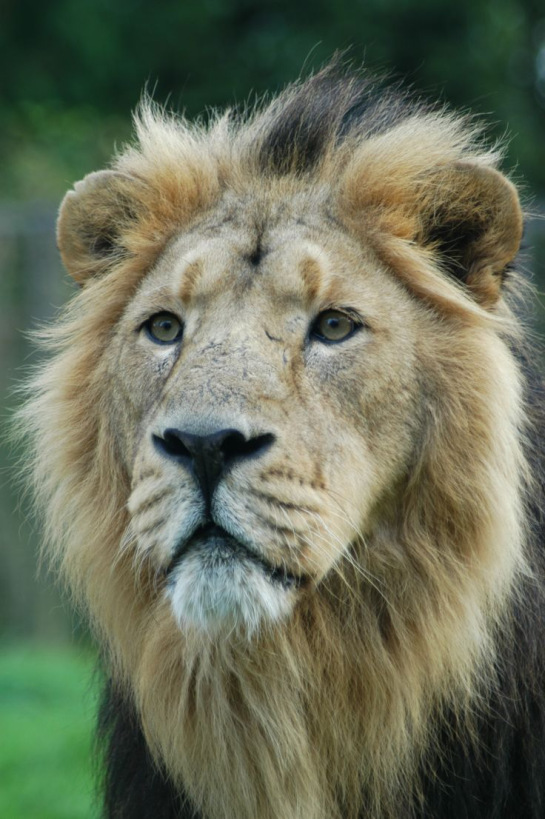
“Living wild species are like a library of books still unread. Our heedless destruction of them is akin to burning the library without ever having read its books”
John Dingell
 Possibly one of the most persecuted animals in history, this majestic and noble creature has suffered a shocking catalogue of violence and abuse over the past two millennia or more.
Possibly one of the most persecuted animals in history, this majestic and noble creature has suffered a shocking catalogue of violence and abuse over the past two millennia or more.
It has been used as a weapon, killed for sport and entertainment, stolen for zoo exhibits, graced the floors and trophy rooms of the unconcerned, been poisoned and electrocuted by villagers protecting their cattle, drowned in open-pit wells and is now, in the face of dwindling tiger numbers, being hunted for body parts for use in Chinese Traditional medicine and other applications.
Populations were first dramatically and critically depleted, and in some areas wiped out, in Roman times. Had you lived as a Christian in ancient Rome, you might…
View original post 2,159 more words

 Global warming – Is it really a myth or an absolute reality? Is it part of the natural climatic cycle or a panic situation created by scientists, climate experts, industrialists and meteorologists; aided and abetted by self-serving politicians?
Global warming – Is it really a myth or an absolute reality? Is it part of the natural climatic cycle or a panic situation created by scientists, climate experts, industrialists and meteorologists; aided and abetted by self-serving politicians?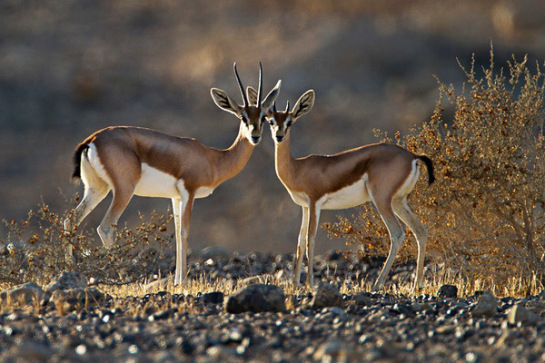

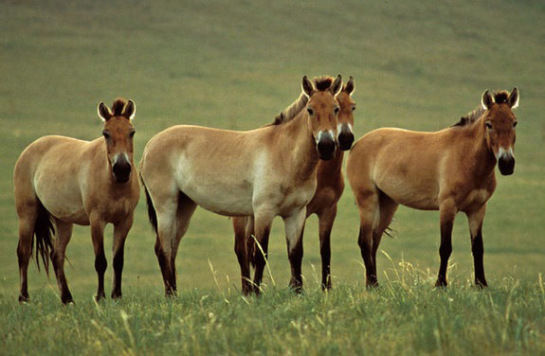
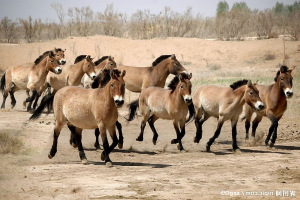 By the early part of the twentieth century, huge numbers of Przewalski’s foals had been captured by exotic animal traders, the most going to a German merchant named
By the early part of the twentieth century, huge numbers of Przewalski’s foals had been captured by exotic animal traders, the most going to a German merchant named 
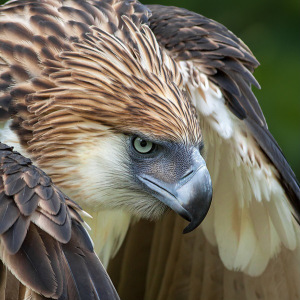 I always think of the mythical
I always think of the mythical